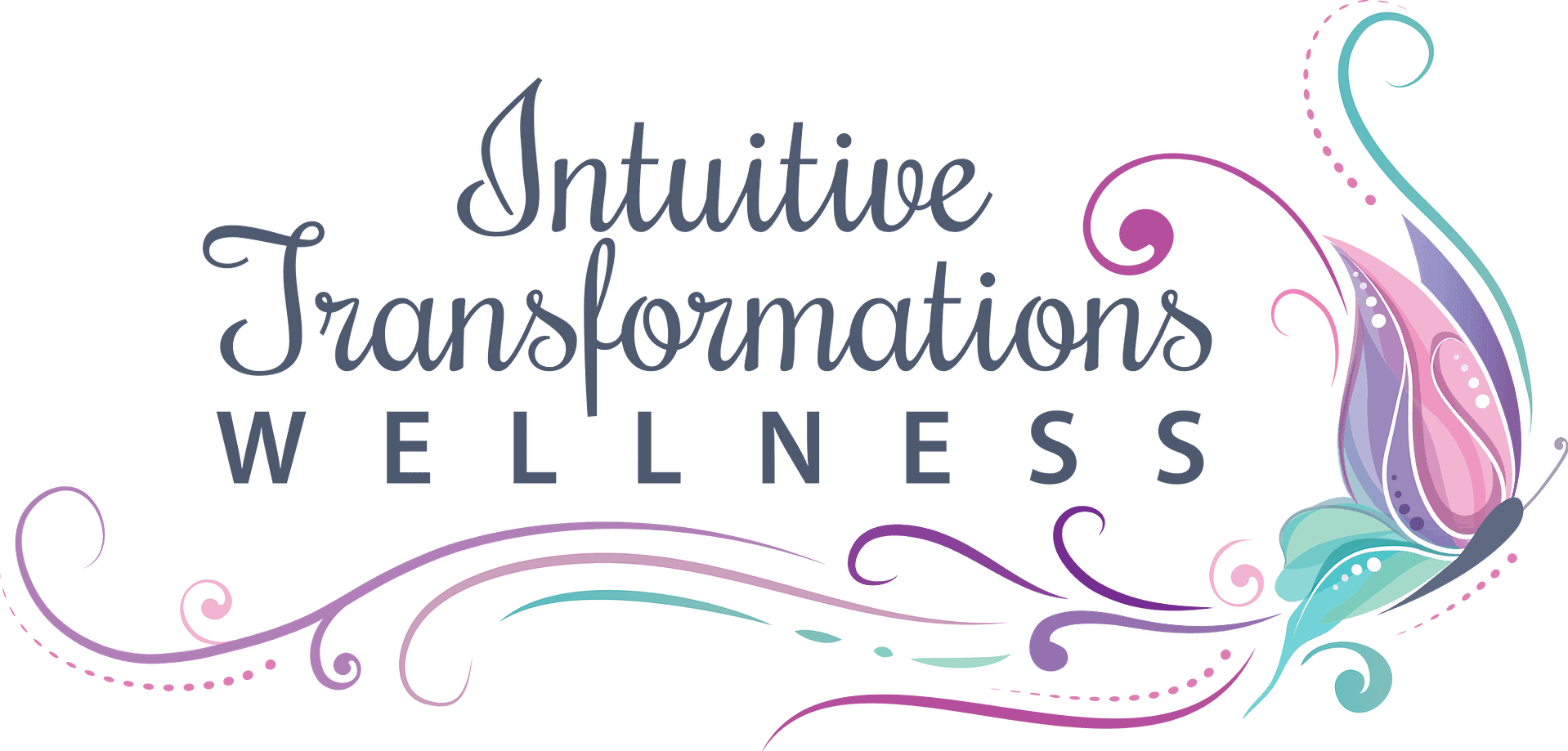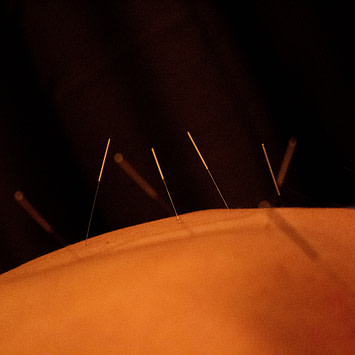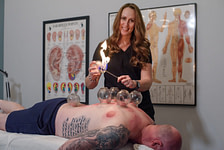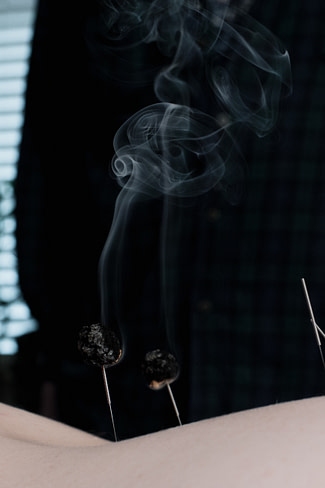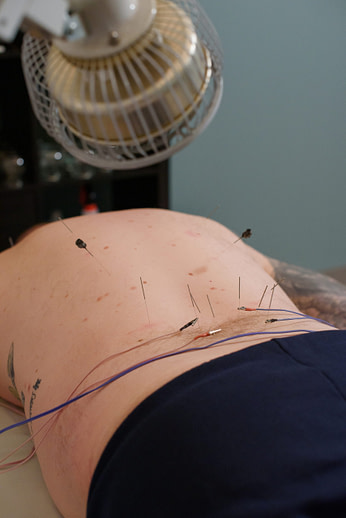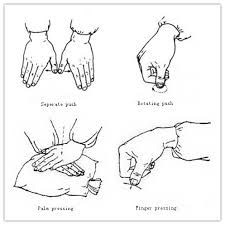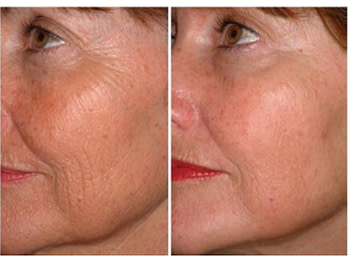What Is Qi
In Chinese the symbol for qi can be translated into several different meanings. Most commonly qi means the function of something or vital air. It is the foundational and universal energy that gives life and connection to all things. In Chinese medicine the concept of qi is broken down into specific types of qi depending on the area of the body and the function. The basic functions of qi are transforming, transporting, holding, raising, protecting, and warming.
Different types of qi:Original qi (yuan qi) is the foundation of all yin and yang energies of the body.
Nutritive qi (ying qi) is in the interior of the body and its function is to nourish.
Defensive qi (wei qi) is on the exterior of the body and protects the body.
Food qi (gu qi) represents the first stage in the transformation of food into qi.
Gathering qi (zong qi) derives from the interaction of food qi with air and assists the heart and lungs with their functions
Needles
Most acupuncture needles are filiform solid stainless steel needles that vary in length and width. The needles are inserted into designated acupuncture points along the meridians, also referred to as channels, that run along the body. In Chinese Medicine the meridians are associated with an internal organ. Each acupuncture point has specific actions and indications to treat symptoms manifested in the body.
Cupping
In cupping therapy glass or plastic cups (bamboo and pottery cups are rarely used in the United States) are placed on the skin and a vacuum is created by removing the oxygen from the cup. The skin, tissue, and muscles are pulled up into the cup opening the pores promoting the free flow of qi and blood and creating a space for toxins to be removed. Cupping is commonly used to treat respiratory conditions, muscle aches and pains, and sprains.
Moxibustion
Moxibustion is a plant, generally Artemisia Vulgaris a species of chrysanthemum, that is used in various treatments. It comes in the form of sticks, cones, and loose wool. Moxibustion can be used directly on the body, on top of the needles, or waived over the body. It is used to warm the meridians and expel cold, to promote the smooth flow of qi, to strengthen yang in the body, and to prevent diseases and keep you healthy.
Electroacupuncture
Electrical stimulation is applied to the needles that are inserted into specific acupuncture points. This helps to stimulate the free flow of qi and create balance in the body. Electrical stimulation is used to treat pain, chronic pain, paralysis, muscle atrophy, to strengthen the tendons, repair Chinese organ function, in some fertility treatments, and for anesthesia.
Body Work
Tuina and shiatsu are two types of asian body work. In both, various hand techniques, and sometimes other parts of the body, are used along the meridians to manipulate acupuncture points and soft tissue. Bodywork helps to break up areas where there is stagnation and promotes the free flow of qi and blood throughout the body. Tuina and shiatsu are used to prevent illness, treat a variety of musculoskeletal and internal organ disorders, and sometimes for pleasure.
microneedling
Microneedling is a procedure that uses a tool called a micro pen to create tiny channels in the skin that stimulate cells to repair and regenerate. The reparation process induces the production of collagen and elastin fibers. These new fibers increase elasticity and firmness while smoothing skin texture.
